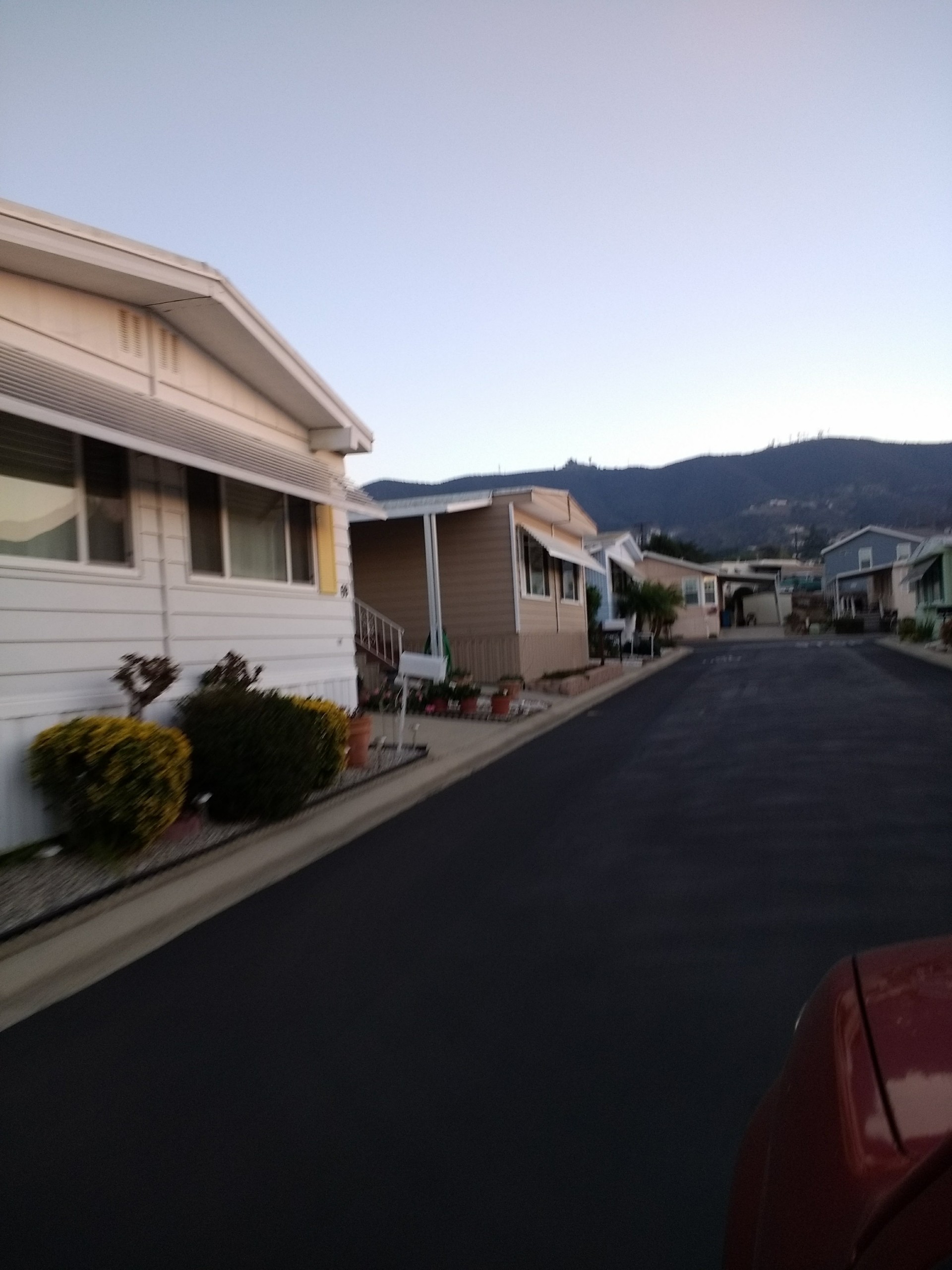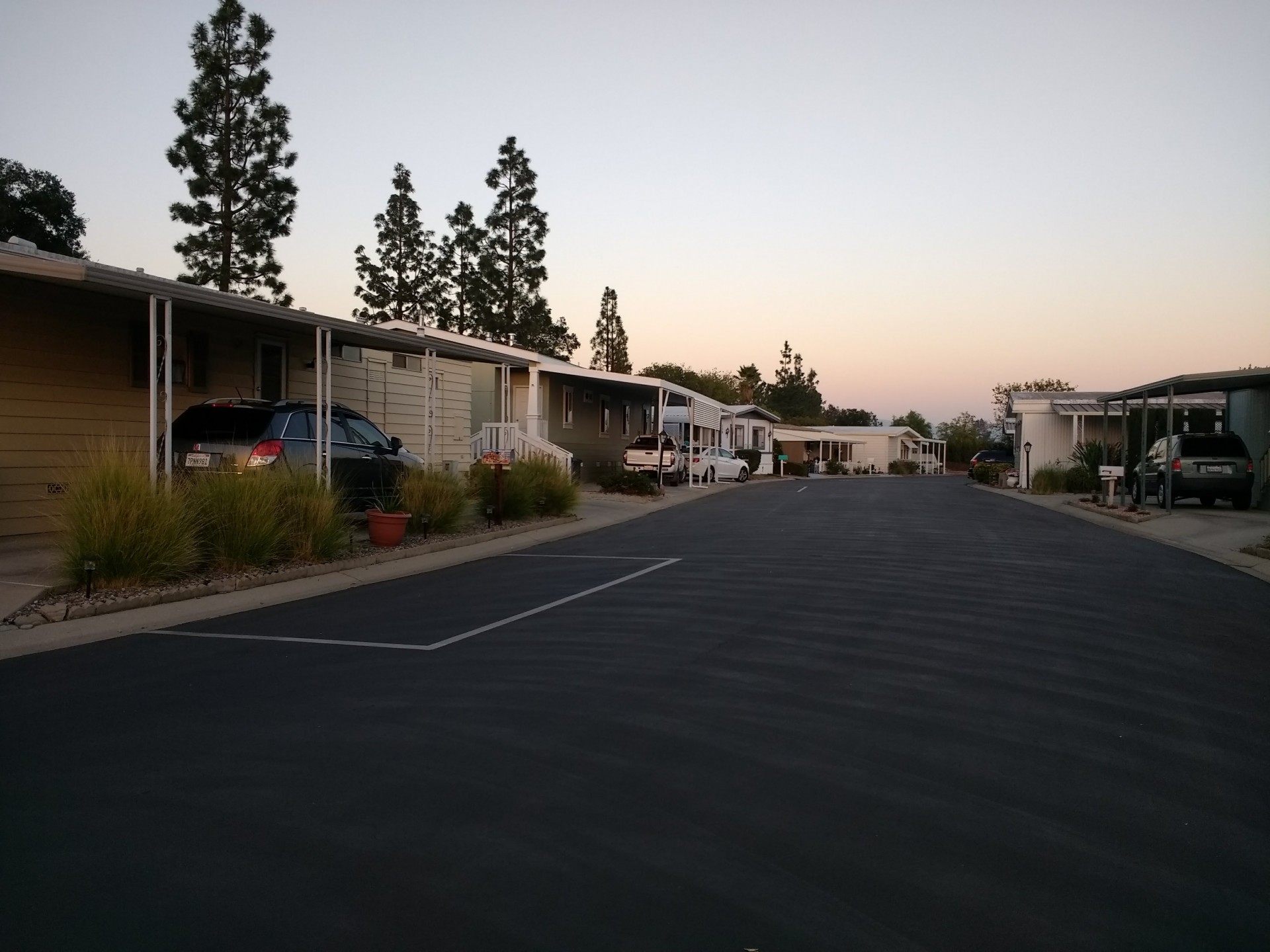Investing In Mobile Home Parks Can Be Lucrative

![]() For the right investors, this can be a very interesting niche to explore. The older, more inexpensive mobile home parks are probably one of the best investments for the average investors and still one of the best income producing businesses. It doesn’t matter the shape of the park, because they can be renovated, making tenants happy, with a quick return on that investment. One place to look is Mom and Pop parks. Often they are not managers and don’t know how to properly run their own park. More importantly, they are approaching retirement age themselves and willing to consider selling at a comparatively decent price.
For the right investors, this can be a very interesting niche to explore. The older, more inexpensive mobile home parks are probably one of the best investments for the average investors and still one of the best income producing businesses. It doesn’t matter the shape of the park, because they can be renovated, making tenants happy, with a quick return on that investment. One place to look is Mom and Pop parks. Often they are not managers and don’t know how to properly run their own park. More importantly, they are approaching retirement age themselves and willing to consider selling at a comparatively decent price.
Real estate surveys estimate that of the roughly 60,000 mobile home parks in the country, only about 10,000 – 12,000 are professionally owned, leaving the remainder of the market up for grabs by small investors. I question that amount, especially if you’re willing to do the work approaching Mom and Pop parks on the verge. They need management to bring the park up to a level calling it a mobile home park rather than a trailer park! A manager doesn’t have to be much of an expense, with free rent and a resulting small salary.

As an investor, I’d only want to be in the business of owning the land, not the mobile homes. Thus, you don’t have to deal with contractors, repairs inside or outside the home, leaky toilets, carpet replacements, painting, etc. The tenants care for their home and their lot up to your utility connections. The average rent is $876 per month; however, that’s more or less depending upon the part of the country. In more depressed areas, the rent is lower, closer to $495 per month. The easiest way to find out the rent charges is to look up what apartment rents are in the area and be sure to keep your lot rents significantly lower. That keeps your mobile home owners happy in your park. You can charge the tenants their utilities so you’re not responsible for those costs either. If you drive through mobile home parks, you’ll notice that most tenants are happy to own their homes and usually decorate their lots with plants and care for them proudly.
Your tenant will accept the small yearly rent increases because it costs much more to move a double wide or even a single wide mobile home than the $10 or $20 increase. Moving that mobile home costs the tenant about $5,000 – $7,000. Once the mobile home is in your park, it tends to stay 30+ years. If a tenant moves, it’s usually sold to a new owner; thus you still have a tenant if you want one. Otherwise, you’re often in first position to buy the mobile home. As the park owner, every time you sell a home and fill a lot in your park, you have just increased the monthly lot rent income as well as the value of the park. It’s only more profit for you. There are always some risks in any business but these are minimal. You won’t have renters moving out in the middle of the night to avoid late rent payments like you might in apartments! Risk is spread out among many lots and there’s so little competition that it’s a viable source of income to consider.
Warren Buffet and Sam Zell even invested in this market. Sam Zell’s Equity LifeStyle Properties (ELS), a real estate investment trust owns more than 140,000 lots in 32 states and British Columbia. Warren Buffet purchased Clayton Homes over a decade ago to replace outdated mobile homes.
The problem of affordable housing continues whether in a good economy or a bad so mobile homes are sometimes the only choice for those under the income necessary to rent an apartment. Many investors have been scooping up houses or multi-unit apartments, hoping to make a profit and gambling that the housing market will only improve. However, that will never be a problem for those investors lucky enough to purchase a mobile home park since it’s never market dependent.
According to the U.S. Census Bureau’s 2016 Poverty Guidelines, a family of four that earns $24,300 or less is living in poverty. Last time it was measured (2014), the Census reported the nation’s official poverty rate was 14.8 percent, or 46.7 million people. A report released in May 2016 by the Social Security Administration notes that 38 percent of all wage earners in the U.S. make less than $20,000 a year.
In a time when the middle class is shrinking and baby boomers are retiring or preparing for retirement at an astounding rate, they will need a place to live. A sizeable amount of those baby boomers are not prepared for the rents, as they have not saved enough for retirement and will be living on a Social Security check of approximately $1,200 per month. Mobile homes will be great options for this group and an interesting group for investors to consider. Even much of the lower middle class is becoming concerned that they may need housing stability if they don’t already own their home and well-kept mobile home parks can offer that alternative.